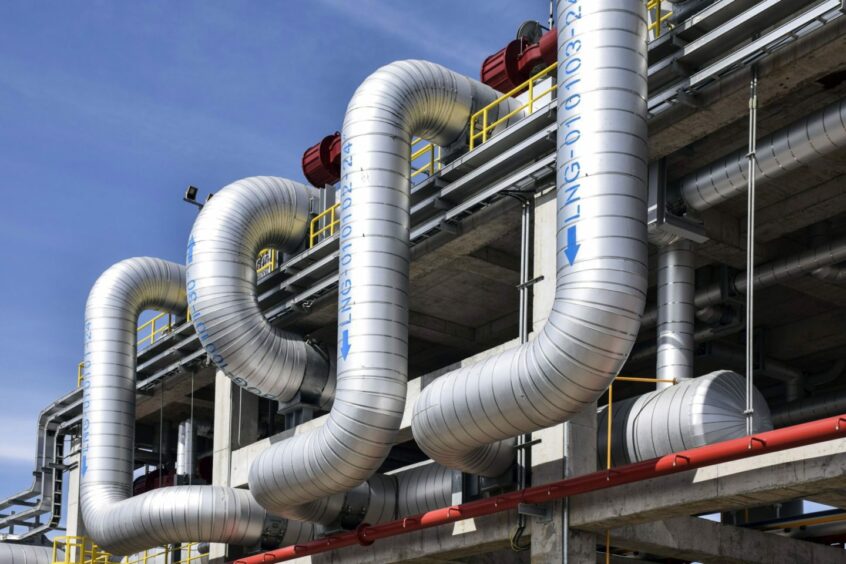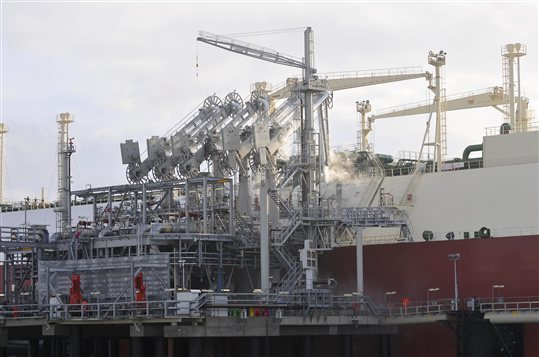
Customs data and lack of demand for spot cargoes suggest that the country will not be competing with Europe for LNG.
Chinese LNG demand is recovering slowly, despite the end of China’s zero-Covid policy in December 2022.
China’s natural gas imports – via pipeline and in the form of LNG – during the first quarter were 26.74 million tonnes. This is down from 27.81 million tonnes in the year-ago quarter, according to Chinese customs data released this week.
The big question for the LNG market in 2023 has been the extent to which Chinese demand for LNG will return from its low levels seen during 2022.
Chinese LNG imports fell by 20% year on year in 2022 to 62.6mn tonnes as the nation imposed strict lockdown conditions in many regions.
“Faster-than-expected Chinese growth would reshape short-term supply and prices dramatically,” said a recent report from Wood Mackenzie entitled ‘The Great Reopening’. This evaluated two 2023 demand scenarios for China, a base case and a high-growth case.
The customs data suggest the recovery of Chinese gas demand growth this year might be adhering more closely to the firm’s base-case scenario.
Looking forward
Wood Mackenzie’s base case assumes 5.5% GDP growth in 2023, as the travel and property sectors recover slowly. It foresees LNG imports rising to 71mn tonnes in 2023.
The high-growth case sees 7% GDP growth. This would see the property sector recover more rapidly and increased construction activity boosting power demand and activity in energy-intensive sectors such as cement-making, brick-making, glass-making and ceramics.
This high-growth scenario foresees 78mn tonnes of LNG imports, still short of 2021 import levels, but 18mn tpy of growth on 2022 levels.
China has set a target of 5% GDP growth target for 2023. But growth has exceeded the official target in 12 of the past 18 years.
Meanwhile, the International Energy Agency’s (IEA) first global gas market report of the year suggested an even wider range of scenarios for China’s domestic LNG demand.
The low case scenario sees a fall to 51mn tonnes of imports. The high case scenario sees a rise to 78mn tonnes. The base case scenario sees imports remaining broadly flat on 2022 at 61mn tonnes.
“China is the great unknown in 2023,” the IEA’s director of energy markets and security Keisuke Sadamori said in the report.
Slow return
China receives the bulk of its LNG via cargoes under long-term contracts. It purchases additional spot cargoes when there are spikes in demand.
Anecdotal evidence from LNG brokers backs up the indications from customs data that these demand spikes have yet to occur so far in 2023.
“It feels like the post Covid-19 bounce hasn’t really materialised,” said one broker.
“There was a spurt of buying in late Feb-early March but that’s dried up after the [Dutch gas price marker] TTF started to firm again. With the [northeast Asia price marker] JKM back to $13/mmbtu, Chinese buyers are [on] the sidelines.”
In 2022, China’s low demand coincided with high European demand for LNG as the bloc put in place policies to shift its dependence on Russian pipeline gas.
As a result China re-exported at least 45 cargoes of LNG over the course of the year, a number of which went to Europe.
So far in 2023 these re-exports have yet to occur, according to a second broker, although he suggested that this might be because cargoes are being directly diverted to Europe.
New trade dynamic
Traditionally Europe has been the the world’s balancing market for LNG, absorbing volumes when prices are low and releasing them when prices are high.
But the EU’s avoidance of Russian pipeline gas imports, combined with the high prices in its emissions trading scheme (ETS) which discourage coal burn, mean that it is now the premium market for LNG.
Consequently China could replace Europe as the world’s balancing market, according to Shell’s vice president of energy marketing Steven Hill, speaking at the firm’s LNG outlook earlier this year.
“Until Ukraine all you saw from China was strong growth [in LNG demand],” he said. “Now it has the necessary combination of domestic production, pipeline gas and LNG imports, storage and alternative fuel availability [to make it a balancing market].”
Recommended for you
